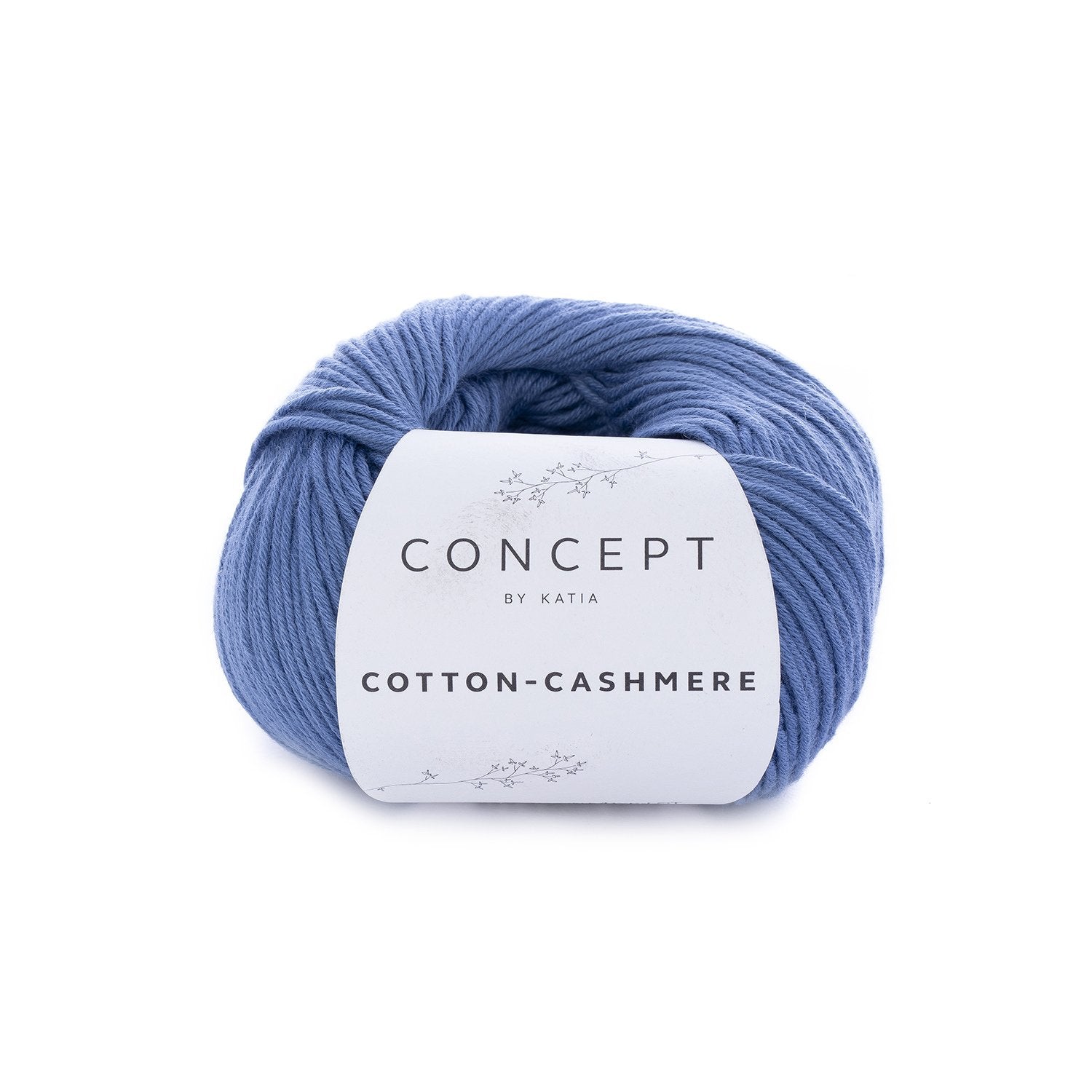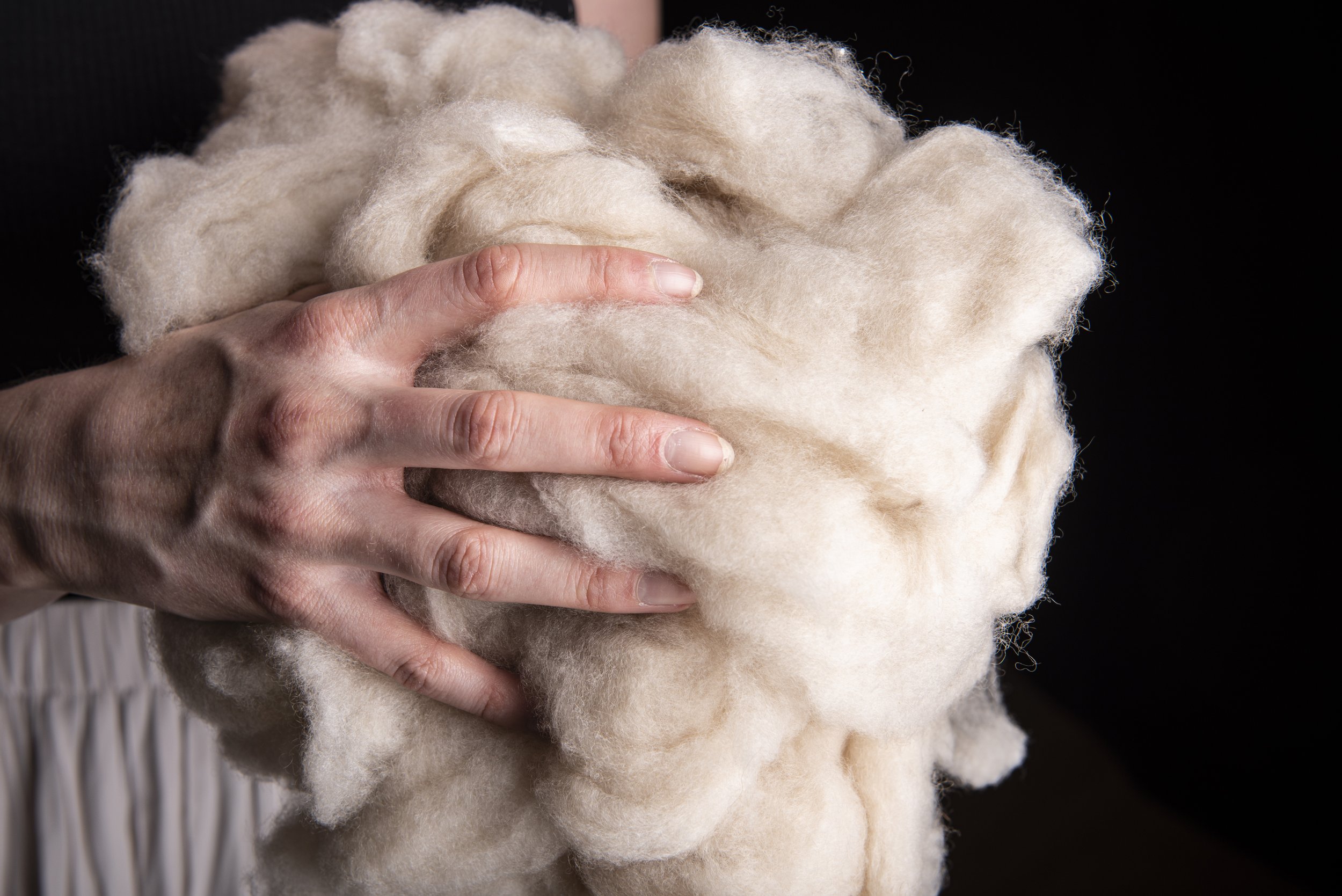What Material Is Cashmere? Understanding Its Distinctive Characteristics and Uses
What Material Is Cashmere? Understanding Its Distinctive Characteristics and Uses
Blog Article
Factors You Need To Require Cashmere an All-natural Fiber for Comfort and Beauty in Everyday Wear
In the realm of textiles, few fibers equal the high-end and convenience of cashmere. Exactly how can one best use cashmere to boost their design? These appealing inquiries lay the structure for an informing exploration right into the world of cashmere. cashmere fibre.
Recognizing the Extravagant Nature of Cashmere

Assessing the Comfort Variable of Cashmere Apparel
What top qualities underscore the convenience aspect of cashmere garments? The gentleness of cashmere is the first quality to take into consideration. Its deluxe structure makes it seem like a 2nd skin, giving warmth without the weight or itchiness connected with various other wool items. Cashmere's unique fiber framework allows for breathability, managing temperature and preventing getting too hot. The material's adaptability and toughness guarantee that it molds versus the body comfortably, keeping its shape gradually. Cashmere's hypoallergenic residential properties likewise add to its comfort, making it a perfect choice for sensitive skin. The capability to layer cashmere pieces without bulkiness enhances the comfort aspect. Essentially, the comfort of cashmere is stemmed from its softness, breathability, durability, hypoallergenic nature, and adaptability.

The Environmental Influence and Sustainability of Cashmere
While the comfort and elegance of cashmere are certainly enticing, it's similarly important to consider its connection with the environment. Cashmere manufacturing, primarily in Mongolia and China, includes raising cashmere goats, which can dramatically strain breakable grassland ecosystems due to overgrazing. Initiatives are being made to develop sustainable cashmere manufacturing methods, such as rotational grazing and cleaner processing strategies.
Comparing Cashmere to Synthetic Fibers: A Cost-Benefit Evaluation
Despite its ecological obstacles, cashmere presents a special set of advantages over artificial fibers. On the price side, cashmere is without a doubt much more expensive due to its labor-intensive manufacturing procedure. Yet, the benefits make it worth the investment. Cashmere's natural fibers use exceptional soft qualities and warmth, translating right into convenience that artificial fibers struggle to match. Cashmere items are highly resilient, appealing long life that offsets first prices over time. Unlike helpful hints synthetic fibers, cashmere doesn't add to microplastic pollution, making it a much more lasting option. In comparison, synthetic fibers, while less costly upfront, offer less convenience, have shorter lifespans and position environmental worries. Therefore, when assessing cost-benefit, cashmere's exceptional high qualities make it a beneficial investment for everyday wear.
Designing Tips With Cashmere for Everyday Sophistication
Having actually thought about the cost-benefit analysis of cashmere compared to artificial fibers, it comes to be clear why this lavish product is a Continue favored choice for several. When styling cashmere for daily beauty, simpleness is crucial. A cashmere sweater, for example, can be coupled with tailored trousers or a sleek skirt for a chic, put-together appearance - cashmere fibre. For a much more informal ensemble, a cashmere cardigan worn over a straightforward tee shirt and jeans emanates uncomplicated style. Accessories can further raise the look: a statement locket or scarf can include a pop look these up of color to a neutral cashmere item. Ultimately, the integral beauty of cashmere makes it a functional addition to any kind of wardrobe, effortlessly boosting everyday clothing with a touch of luxury.

Verdict
In enhancement, cashmere's sustainability and lower environmental effect contrasted to artificial fibers additionally enhance its allure. Investing in cashmere garments is a beneficial choice for sustainability, convenience, and design.

Report this page